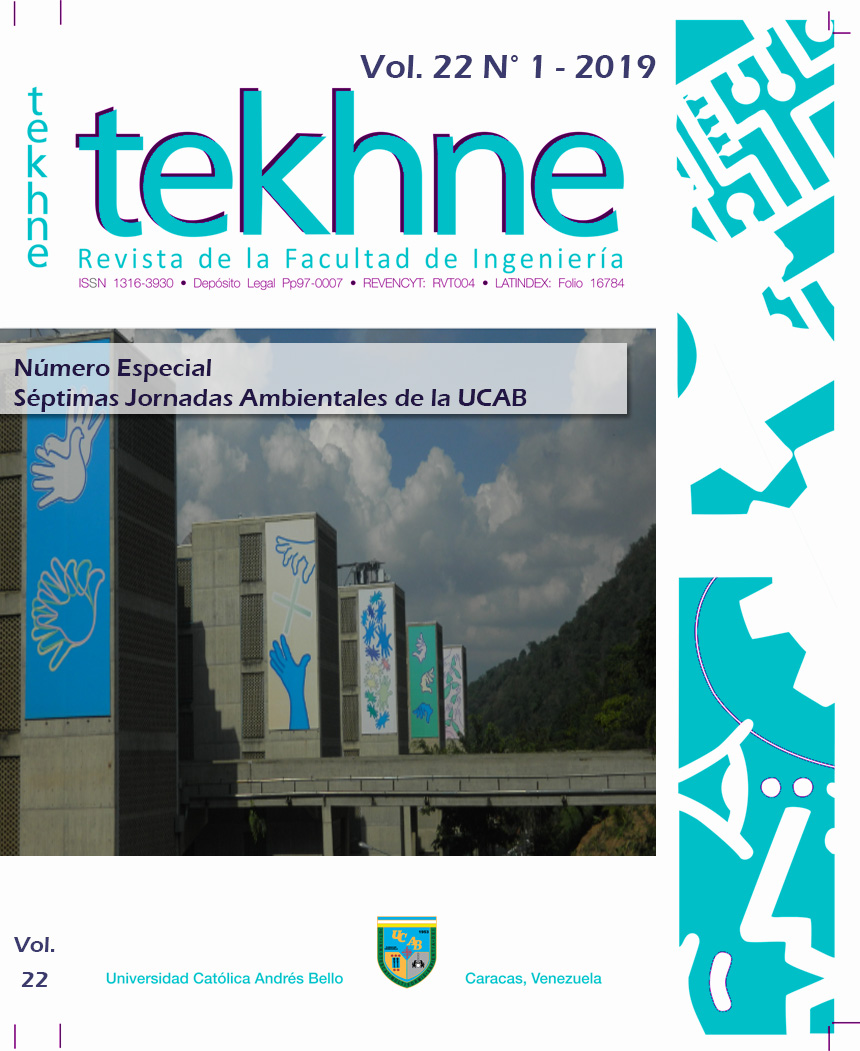Use of Clean Technologies in Water Disinfection to Reduce Diarrhea in Children. Systematic review
Uso de Tecnologías Limpias en la Desinfección del Agua para la Reducción de Diarrea en Niños. Revisión Sistemática
DOI:
https://doi.org/10.62876/tekhn.v22i1.4049Keywords:
Abstract
Worldwide, 2.2 million people die each year from diarrheal diseases, which corresponds to 19% of the total deaths, where the majority are children under 5 years of age who are concentrated in 15 developing countries according to the 2015 WHO report ( World Health Organization). Drinking water, sanitation and hygiene are considered the most important risk factors causing diarrheal diseases and that interventions to improve the quality of drinking water in homes are effective in reducing diarrhea. There are evidence that demonstrates that the use of clean technologies are efficient and low-cost solutions for the treatment of water that is microbiologically unsuitable for consumption at home. The objective of this research is to evaluate, through the development of a Systematic Review of Studies (RSE ), the use of clean technologies such as Solar Disinfection (SODIS) and Chlorination, and their efficiency for the purification of microbiologically contaminated water for human consumption at home and their effect on reducing diarrhea in children under 5 years of age in countries Developing.
The results of the SODIS CSR were consolidated in an Excel Table and a Score methodology was applied, with which the relevance of the results of each investigation was evaluated, the effectiveness of each solution and its incidence on diarrheal syndrome in children under the age of 10 were determined. 5 years, and it was compared with the results of the CSR Chlorination and both present satisfactory results. It was concluded that the positive results indicate that the use of the SODIS and Chlorination systems in the treatment of microbiologically contaminated water in the home or point of use , are effective for human consumption and reduce the incidence of diarrhea in children under 5 years of age.




